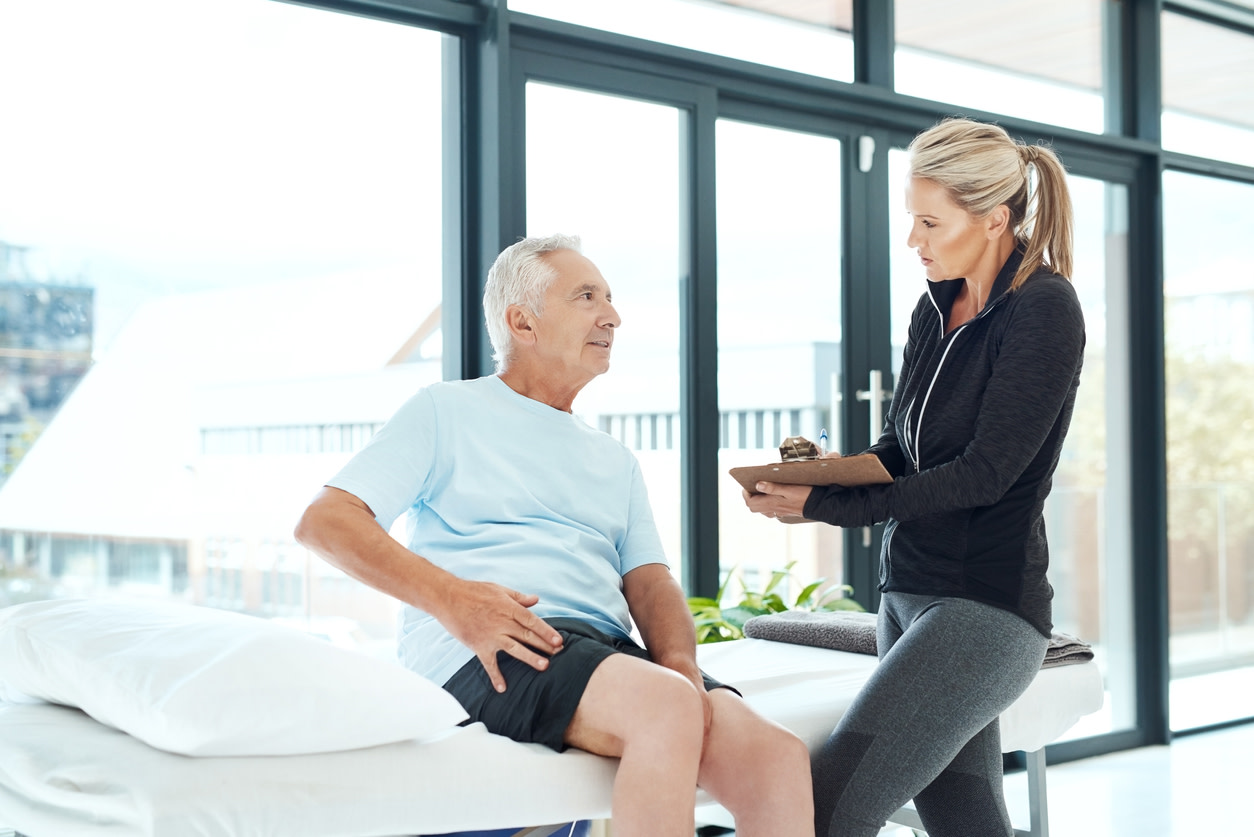Hip arthritis treatment: tips and exercises for pain and mobility
Discover effective hip arthritis treatment options, including exercises from physical therapists to relieve pain and improve mobility.
0 $ pour vous
Date de publication : Aug 9, 2024
Table des matières
Fully covered hip pain relief
Find relief from hip pain, buttock pain, hip tendonitis, & more.
Check if I'm eligible